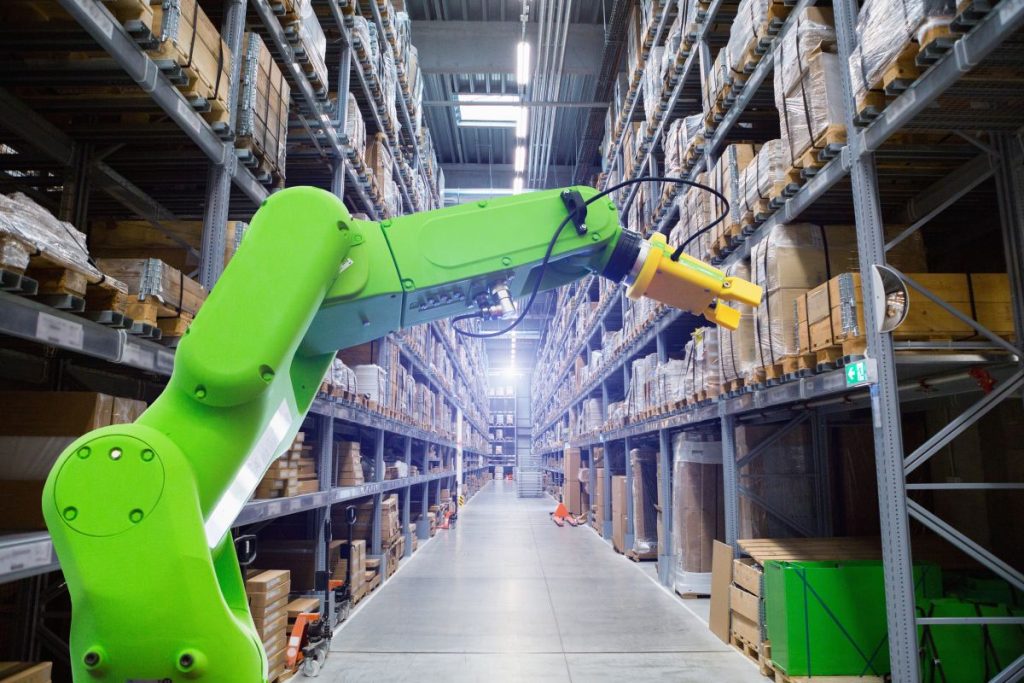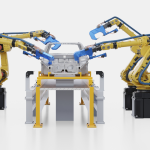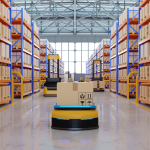Logistics Firms Turn to Automation to Offset Rising Wage Costs
Interest in automated warehouse technology has surged as logistics firms seek to mitigate rising labor costs following the UK Chancellor’s latest budget announcement. Toyota Material Handling reports a sharp increase in inquiries for its automated and robotic warehouse solutions since the government raised employer National Insurance (NI) contributions from 13.8% to 15% and lowered the threshold at which businesses start paying NI on salaries.
The financial impact of these changes is significant. For a forklift truck operator earning the UK average salary of £23,400, the additional NI costs add approximately £800 per year to employer wage bills. With warehouse worker shortages already driving up wages, many companies are now accelerating their shift towards automation to manage rising costs.
The Acceleration of Warehouse Automation
The budget announcement has significantly intensified the push for automated solutions across the logistics sector. Automation was already gaining traction due to workforce shortages and rising wages, but the budget announcement has further accelerated interest in robotics and automation solutions.
Businesses are particularly keen on driverless forklift technology, such as Toyota’s Autopilot series. By transforming conventional lift trucks into Automated Guided Vehicles (AGVs), companies can reduce their reliance on human operators while simultaneously improving efficiency. Beyond reducing costs, automation also minimizes product and infrastructure damage while boosting overall efficiency and throughput.
A Broader Shift Towards Automation
The logistics industry has been steadily moving towards automation, but the latest policy changes appear to be accelerating this transition. Companies across multiple sectors are re-evaluating their reliance on manual labor and investing in robotic solutions to remain competitive in a high-cost operating environment.
With labor costs on the rise and technology offering efficiency gains, automation is no longer just an option—it is quickly becoming a necessity for logistics firms looking to sustain profitability and operational agility. However, while automation promises long-term efficiencies, the transition demands significant upfront investment, strategic planning, and a reevaluation of workforce roles.
Business leaders must carefully evaluate the benefits of automation against the capital expenditure required, balancing short-term financial pressures with long-term competitiveness. Companies that take a strategic approach—integrating automation into a broader supply chain strategy rather than reacting to immediate cost pressures—will be in a stronger position to thrive in an increasingly digitized logistics environment. As automation reshapes warehouse operations, leadership must ensure that technology adoption aligns with overall business objectives, workforce reskilling initiatives, and long-term supply chain resilience.







